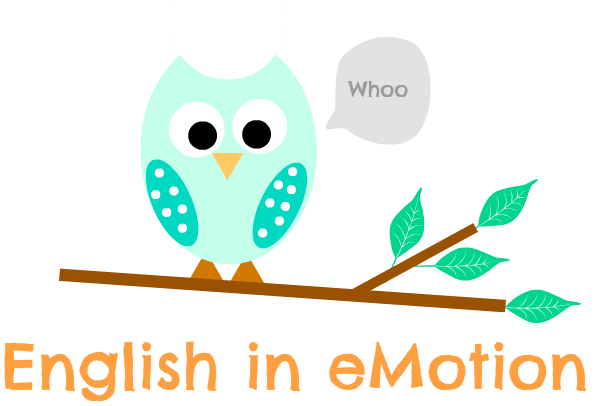Hello people!
I hope you have enjoyed your holidays as much as I did! Now we have our batteries plenty of energy to start a new!
This entry is
for you teachers, looking for
ideas for your first day of class.
REMEMBERING NAMES
If find it sometimes difficult to remember all my new students names. Every year I have to memorize at least fifty names and it's exhausting! Knowing their names as soon as possible is a basic step to gain your students confidence and make them feel good in the English class. They feel important and recognized every time you call them.
Aim of the activity: Remembering new students names
Age: 1st grade - Primary education
Language: Hello, I'm ...... What's your name? My name's....
Materials: Soft ball, camera, blacboard and chalk.
Proceduce:
The first day of class welcome your new students and ask them their names. Then look your students one by one and speak to each of them directly.
Teacher:
"Hello, I'm Imma. What's your name?" (Model answer with one student of the class).
Listen, repeat the name the student says (eg. "X") and nod with your head. Then say "Hello X".
Write his or her name on the board and take a picture of the student.
Do the same with the following student until the last student is introduced. Write their names in order so that pictures and names of the list on the board match. Finally, take a picture of the list on board and keep it.
You can use a soft ball and passing it around to elicit their turns to speak.
At home, look at your list and pictures and memorize at least ten of them. You can use several techniques to do so. You can associate their face with their names or invent a story using visualization. Or memorize names in alphabetical order.
Second day of class: Greet them again touching their shoulders and saying "Hello, X. Welcome again!" (Add any other sentence you like). Try to say the names you have learnt. For the rest of the list, you can read their names and say simply "Hello Z".
Learn the rest of the list. Try to greet them the following days touching their shoulders and saying the rest of names.
MEETING OLD FRIENDS
You can use this activity when students already know each other.
Aim of the activity: Greeting each other using a rhythm.
Age: All levels- Primary education
Language: Hello! How are you? I'm fine, thank you.
Materials: None.
Procedure:
Model the greeting. The teacher says "Hello X - clapp three times, following a rythm- How are you? - clapp three times-." And the student says "I'm fine -clap three times- Thank you!".
When you're sure students know the procedure, make them great each other, one by one, following a chain. They must not stop the rhythm. If they fail, you mark with an "X" on the board and start the chain again.
You can repeat the chain next lesson so that they can see if they fail less in keeping the rhythm than the previous day.
RECOGNIZING FACES
This is an activity that can be used to meet new students and learn their names too. Or you can use it to remember students you had the previous school year.
Aim of the activity: Greeting and knowing new students.
Age: All levels- Primary education
Language: Who's this? Is this....? Colours, parts of the body, big/small...
Materials: Piece of paper, pencils and crayons.
Procedure:
Hand out a piece of paper where students make a self portrait. They should not write their names on it. When they finish, mix them up and pick one. Show it and talk about the picture: "Brown hair, small nose... Is this X?" X answers if it's correct or not. You can hang the picture on a board and ask the student to write his/her name. Do the same with the rest of pictures.
Students find it very exciting to prove teacher's ability to recognize their pictures!
You can adapt these activities to your own groups or make them participate in groups to know each other.



